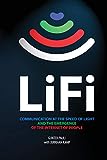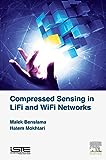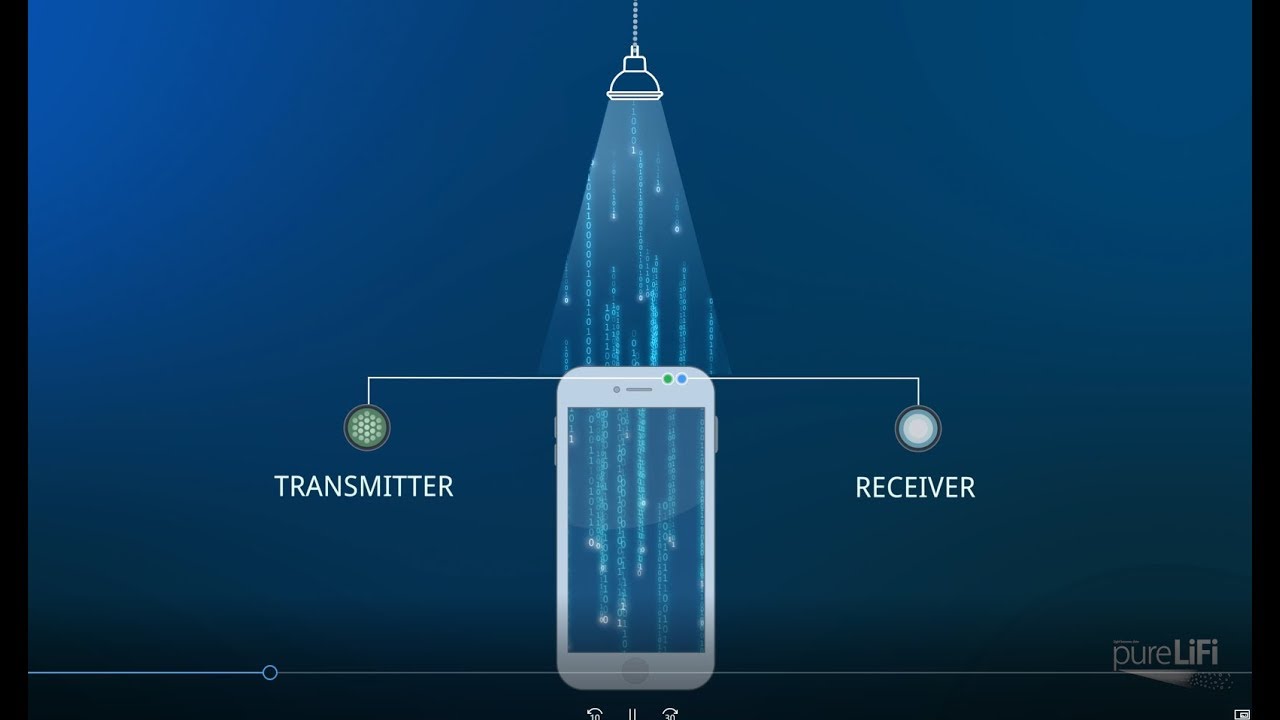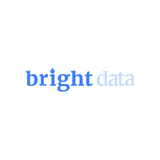WiFi or Wireless Fidelity is a common household term. It is everywhere, be it a coffee shop or the airport.
The invention of WiFi or other wireless technologies has enabled seamless internet access. WiFi is fast, reliable, and easy to connect. However, just like any other technology, it now has a successor.
Meet LiFi, which is touted as 100 times faster than WiFi. It aims to solve WiFi drawbacks, providing a more consistent internet experience.
Let’s take a closer look at LiFi.
What is LiFi?
LiFi stands for Light Fidelity. LiFi is a Visible Light Communications system capable of transmitting high-speed wireless signals.
Prof. Herald Hass coined the term in his 2011 TED Talk “Wireless Data From Every Light Bulb. However, he didn’t invent the idea of transmitting signals using light sources, but he did impactful work on LiFi.
LiFi uses light to transmit wireless data. LiFi relies on light sources such as light bulbs to capture and transmit data, offering higher speeds than WiFi. These light bulbs are designed to capture, transmit and interpret the data.
The speeds for LiFi can reach 100 Gbps and more. This makes it 14 times faster than the world’s fastest WiFi connection type, the WiGig.
There’re clear advantages of using LiFi, including the following:
- Faster wireless communications.
- More reliable and stable connections.
- Excellent security compared to already-existing wireless communication technologies, including WiFi and 5G.
- As LiFi uses light to transmit data, it is not vulnerable to electromagnetic interference, making it an ideal choice for environments that heavily use electromagnetic equipment, such as hospital or airplane cabins.
How LiFi Works?
LiFi, unlike WiFi, utilizes light sources such as Light bulbs to transmit the data. The light pulses are sent from the source and then captured by the receiver, which is interpreted back from light to data.
The process of receiving and decoding the light to data is similar to decoding Morse code. However, the process is way faster compared to traditional WiFi receivers.
The LiFi achieves high speeds due to the use of the light spectrum. It is also secure as it cannot penetrate walls and other object. Technically, LiFi captures the modulated light frequencies from a solid-state LED light source. Once the light source captures the light spectrum, it is either transmitted to other LiFi-enabled devices or decoded by the receiver.
On the receiver end, a photosensitive detector works as it demodulates the light frequency signal to the electronic data stream. The process can work bi-directional and allows for faster transmission among devices.
The 802.11bb Standard
The Institute of Electrical and Electronics Engineers (IEEE) added the 802.11bb standard for LiFi. The standardization means that LiFi is one step closer to release to the public.
The Li-Fi businesses welcomed the addition of the 802.11b standard, which means a faster adoption rate for manufacturers and consumers. The standardization also addresses the interoperability between the LiFi and WiFi systems.
LiFi vs. WiFi: Differences and Similarities
LiFi will not replace WiFi. It’ll work with WiFi to improve internet access. WiFi will still be used in household, business, or public settings. However, there’re apparent differences between them that we’ll address below.
| LiFi (Light Fidelity) | WiFi (Wireless Fidelity) | |
| Fullform | LiFi stands for Light Fidelity. | WiFi (Wireless Fidelity) |
| Range | LiFi has a range of 10 meters. | WiFi stands for Wireless Fidelity. |
| Interference and data density | LiFi can penetrate better, resulting in less interference. This means it can work in high-density environments. | WiFi has a coverage distance of 32 meters based on WLAN 802.11b/11g. The range can vary depending on the antenna type and transmission power. |
| Uses | LiFi has multiple use cases, including operation theatres, undersea explorations, airlines, home, and office usage. | WiFi suffers from interference and hence requires clear zones for less interference. This means it works better in less dense environments. |
| Operation | LiFi relies on light sources such as LED bulbs to transmit data. | WiFi is mainly used for browsing the internet. It offers data transfers as well. |
| Privacy and Security | It offers better privacy and security as walls can block it, leading to secure data transfers. | WiFi uses radio waves to transmit data. |
Both LiFi and WiFi have their advantages and disadvantages. LiFi is a clear WiFi sucessor. However, it does lack the range that WiFi currently offers. However, with time, new LiFi specifications should improve the range, but until then, WiFi is a good option for long-range data and internet transmission.
LiFi, on the other hand, offers higher speeds with better security and privacy. It also works in high-density environments.
LiFi Misconceptions
As LiFi is new, there’re also many misconceptions associated with it. Let’s go through a few of them below.
- LiFi cannot work in dark places: That’s the number one misconception associated with LiFi. At its core, light is needed for data to be captured and transmitted. However, it doesn’t rely on the light to be turned ON. As LiFi uses a light spectrum, LiFi-enabled devices can still work by dimming the light that is not visible to human eyes. This way, LiFi can still work.
- LiFi and radio frequencies can interfere: That’s not true! Both WiFi and LiFi use radio frequency and visible light spectrum, respectively. The radio frequency and light spectrum work in different frequencies and don’t interfere.
- LiFi doesn’t work in direct sunlight: LiFi works seamlessly in daylight. LiFi-enabled devices are capable of detecting fast changes in the light spectrum and capturing them, which is different compared to how sunlight levels disrupt.
- LiFi is not affordable for mass adoption: Currently, the state of LiFi for public use is unclear. Companies such as pureLiFi are still working on affordable LiFi products. So, we’ll need to wait to see how the mass adoption of LiFi occurs in the future. LiFi is currently used in airplanes and hospitals due to its benefits.
- LiFi lights have a low lifespan: That’s not true. Any LED bulb that acts as a LiFi transmission source can last up to 50,000 hours.
- LiFi is not bidirectional: LiFi offers bidirectional connectivity with incredible speeds.
Learning Resources
LiFi technology is new and constantly evolving. However, there are already excellent books to read if you want to know more about the technology.
#1. LiFi: Communications at the Speed of Light
| Preview | Product | Rating | Price | |
|---|---|---|---|---|

|
LiFi: Communication at the speed of light and the emergence of the Internet of people | $19.50 | Buy on Amazon |
You can check out LiFi: Communications at the Speed of Light by Pauli and Kamp. The book covers the LiFi basics, including its benefits, adoption, and ability to change online communications.
#2. Compressed Sensing in Li-Fi and WiFi Networks
| Preview | Product | Rating | Price | |
|---|---|---|---|---|

|
Compressed Sensing in Li-Fi and Wi-Fi Networks | $80.00 | Buy on Amazon |
If you need more technical know-how LiFi and WiFi interaction, check out Compressed Sensing in Li-Fi and WiFi Networks by Malek and Hatem.
Conclusion: Future of LiFi
Technology never stops evolving. This is true for wireless transmission. LiFi looks promising, and with its 802.11 bb standardization, it has begun its path to mass adoption. However, having significant impacts still takes a lot of time. Right now, you can see most of its uses in commercial places such as airplanes, hospitals, defense, dense urban environments, smart buildings, disaster relief operations, etc.
The promise of LiFi is carried by emerging startups such as nextLiFi, SLUX, Infinity Technology Services, etc. These aim to make LiFi more accessible across different industries, including the medical field, high-speed internet connectivity, or improve LiFi long-distance connectivity.
Next, check out the detailed article on all current WiFi types (5, 6, 6e, 7).



















